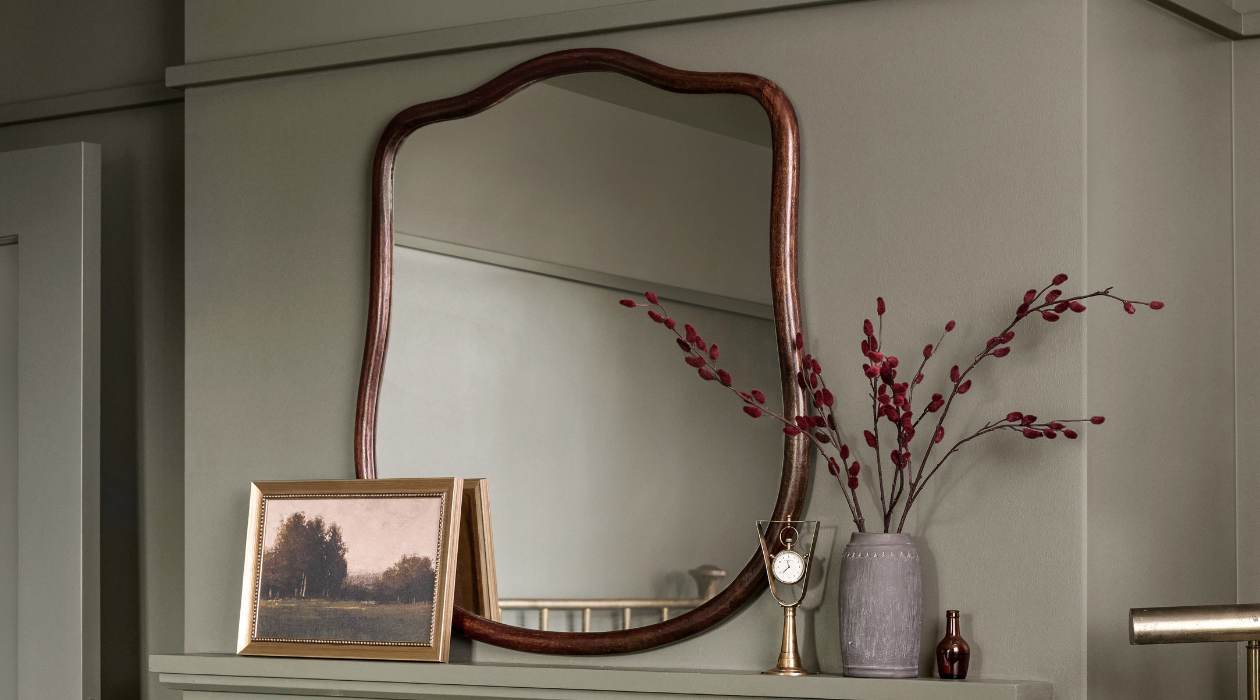

Articles
Why Are Mirrors Inverted
Modified: January 6, 2024
Discover the science behind why mirrors invert images in this fascinating article. Explore the phenomenon and learn how it impacts our perception.
(Many of the links in this article redirect to a specific reviewed product. Your purchase of these products through affiliate links helps to generate commission for Storables.com, at no extra cost. Learn more)
Introduction
Mirrors have always fascinated mankind, reflecting our own images and allowing us to see the world from a different perspective. But have you ever wondered why the reflection in a mirror appears to be inverted? It’s a perplexing concept that has puzzled scientists, philosophers, and curious minds alike for centuries.
In this article, we will delve into the fascinating world of mirrors and explore the basic principles of reflection. We will also discuss why mirrors reverse left and right, examine the role of the brain in perception, and explore the phenomenon of mirror writing. Furthermore, we will delve into cultural differences in the perception of mirrors and discover some fascinating applications of inverted mirrors.
So, if you’ve ever found yourself pondering the mysterious nature of mirrors and their ability to invert our images, read on to unravel the secrets behind this intriguing phenomenon.
Key Takeaways:
- Mirrors invert left and right due to the brain’s interpretation, not the mirror itself. This phenomenon showcases the brain’s remarkable ability to reconcile visual information and create a coherent perception of our surroundings.
- Cultural beliefs and traditions influence how individuals perceive mirrors, adding a layer of complexity to our understanding of reflected images. Mirrors hold symbolic significance in various cultures, shaping the interpretation of reflected images.
Read more: Why Are Mirrors Green
Basic Principles of Reflection
Before we delve into the reasons behind the inversion of images in mirrors, it’s important to understand the basic principles of reflection. Reflection occurs when light hits a surface and bounces back, allowing us to perceive objects and images.
When light rays from an object strike a mirror, they undergo two key processes: reflection and refraction. Reflection is the phenomenon where the light rays bounce off the mirror’s surface, while refraction is the bending of light as it passes through different media.
The law of reflection governs how light behaves when it strikes a mirror. According to this law, the incident angle of the light ray, which is the angle between the incoming light and the normal (a line perpendicular to the mirror’s surface), is equal to the angle of reflection, which is the angle between the reflected light and the normal. This means that the angle at which light hits a mirror is the same angle at which it is reflected back.
Due to the physics of reflection, the mirror flips the image along the perpendicular axis. This means that vertically oriented objects appear to be flipped horizontally in the mirror. For example, if you are standing in front of a mirror and you raise your right hand, the image in the mirror will show your left hand raised.
It is important to note that this flipping of the image only occurs along the left-right axis. Objects in the mirror will appear the same size and shape, maintaining their top-bottom orientation. So, your head will continue to be at the top and your legs at the bottom, giving the mirror image an overall symmetry with the real world.
Now that we have a basic understanding of the principles of reflection, let’s explore why mirrors reverse left and right.
Why Do Mirrors Reverse Left and Right?
The phenomenon of mirrors reversing left and right has puzzled scientists and thinkers for centuries. While it may seem counterintuitive, the explanation lies in the way our brains interpret the information received from the reflected image.
When we look into a mirror, the image we see is technically a reversed image, but our brain automatically compensates for this reversal. This compensation is a result of the brain’s ability to reconcile the visual information received from both eyes and create a coherent perception of our surroundings.
Our brains are wired to interpret visual information in a way that aligns with our own perspective. So, when we see ourselves in a mirror, our brain mentally adjusts the image to match our internal representation of our body and surroundings. This adjustment is often so seamless that we do not even consciously notice the left-right reversal.
To better understand this process, consider an experiment where a person places a sticker on their right cheek. When they look in the mirror, the sticker appears to be on the left cheek in the reflected image. However, when they touch their right cheek, their brain perceives the touch in the same location as the sticker in the mirror image. This demonstrates how our brain compensates for the reversal and creates a consistent perception of our body.
It is important to note that while mirrors reverse left and right, they do not reverse up and down. This is because our brains interpret the top-bottom orientation correctly, allowing us to perceive the image as a reflection rather than a rotation.
So, the reversal of left and right in mirrors is not a feature of the mirror itself, but rather a result of the brain’s interpretation of the reflected image. It is a fascinating example of how our perception is shaped by our brain’s processing and interpretation of visual information.
Next, let’s explore the phenomenon of mirror writing and its connection to the inversion of images in mirrors.
Role of the Brain in Perception
The brain plays a crucial role in interpreting the visual information received from our eyes and creating our perception of the world. Perception is not a passive process, but rather an active construction based on sensory input and our existing knowledge and experiences.
When it comes to the perception of mirrors and the inversion of images, the brain plays a key role in compensating for the left-right reversal. This ability is rooted in the brain’s remarkable capacity for visual processing and pattern recognition.
As mentioned earlier, when we look into a mirror, the image we see is technically reversed. However, our brain quickly adjusts and interprets the visual information in a way that aligns with our internal representation of ourselves and our surroundings. This happens automatically and seamlessly, allowing us to perceive the reflection as if it were in the correct orientation.
This phenomenon is not unique to mirrors. Our brains continually process and interpret visual information to create a coherent perception of the world around us. For example, when we see a photo of a person, our brain automatically recognizes the face, even if the image is flipped horizontally. Similarly, we can still read text in a mirror, albeit in mirror writing, because our brain is adept at interpreting the meaning of the words.
The brain’s ability to compensate for the inversion of images in mirrors can also be observed in individuals who are familiar with mirror use, such as surgeons or hairdressers. These professionals have trained their brains to adapt to the left-right reversal, enabling them to perform tasks effectively while using mirrors.
Understanding the role of the brain in perception helps us appreciate the intricate processes behind how we interpret and make sense of the world around us. The brain’s ability to reconcile visual information and create a seamless perception of the reflected image is a testament to its remarkable adaptability and plasticity.
Now, let’s explore the fascinating phenomenon of mirror writing and its connection to the inversion of images in mirrors.
When light reflects off a mirror, it changes direction, causing the image to appear inverted. This is due to the way our brains interpret the direction of light rays.
Mirror Writing
Mirror writing is a unique form of writing where the letters and words are reversed, as if seen in a mirror. It has intrigued scholars, artists, and psychologists throughout history, and its connection to the inversion of images in mirrors has fascinated many.
Leonardo da Vinci, the renowned Italian artist and polymath, was famous for his use of mirror writing. He would write his notes, sketches, and even personal correspondence in mirror image form, from right to left. While the practice of mirror writing might seem peculiar, it actually served a practical purpose for da Vinci. Being left-handed, mirror writing allowed him to avoid smudging his wet ink as he moved his hand across the page.
Despite its association with Leonardo da Vinci, mirror writing predates him and has been observed in ancient scripts and manuscripts. The reasons behind mirror writing have varied over time and across cultures. Some speculate that it may have been used as a way to keep secrets or encrypt messages, while others suggest it may have been a result of cultural influences or personal preferences.
Interestingly, mirror writing provides a notable connection to the inversion of images in mirrors. When we write in a mirror, the letters and words appear reversed, similar to how the image in a mirror is reversed. While mirror writing may require some effort to decipher, our brains are surprisingly adept at interpreting the meaning of the words, despite the flipped orientation.
This phenomenon highlights the brain’s ability to adapt and make sense of visual information, even when it is presented in a non-conventional way. It demonstrates the remarkable flexibility and plasticity of our brains in decoding and interpreting stimuli.
While mirror writing is not exclusive to mirrors themselves, it showcases the intriguing interplay between perception, cognition, and the way our brains process and interpret visual information. It offers a glimpse into the complexities of human perception and the unique ways in which we engage with our surroundings.
Now that we’ve explored the concept of mirror writing, let’s delve into cultural differences in the perception of mirrors and how they impact our understanding of reflected images.
Read more: Why Are There Mirrors In Elevators
Cultural Differences in Perception of Mirrors
Perception of mirrors and the interpretation of reflected images can vary across different cultures, adding an intriguing layer to our understanding of this phenomenon. Cultural factors, beliefs, and traditions can influence how individuals perceive themselves and others when looking into a mirror.
In some cultures, mirrors hold symbolic significance and are believed to possess mystical or spiritual properties. For example, in ancient Chinese culture, mirrors were considered powerful tools for reflecting negative energies and protecting against evil spirits. Similarly, in many Indigenous cultures, mirrors are seen as a gateway to the spirit world and used for divination or spiritual practices.
These cultural beliefs can shape individuals’ perception of mirrors and the images they see. Rather than focusing on the physical properties of the reflection, people from these cultures may interpret the reflected image through a lens of spirituality or metaphysical significance.
Additionally, cultural norms and beauty standards can also influence how individuals perceive themselves when looking into a mirror. The portrayal of idealized beauty in media and societal pressures can shape self-perception and trigger feelings of dissatisfaction, which may not be reflected in the mirror but rather influenced by cultural factors.
In some cultures, there are also superstitions and taboos associated with mirrors. For example, breaking a mirror is believed to bring seven years of bad luck in Western folklore. These beliefs can create a sense of fear or caution when interacting with mirrors, further influencing how individuals perceive their own images.
It’s important to recognize that our perception of mirrors is not solely determined by their physical properties but is also influenced by cultural upbringing, personal beliefs, and societal influences. Understanding the cultural differences in the perception of mirrors provides valuable insights into the complexity of human perception and the ways in which cultural context shapes our understanding of ourselves and the world around us.
Now, let’s explore some fascinating applications of inverted mirrors and how they are used in various fields.
Applications of Inverted Mirrors
While the inversion of images in mirrors may initially seem like a quirk of reflection, it has actually found practical applications in various fields. Inverted mirrors have been utilized in areas such as science, art, and technology, offering unique perspectives and benefits.
One notable application of inverted mirrors is in the field of optics and microscopy. Inverted microscopes are commonly used in biological research and clinical diagnostics. These microscopes utilize mirrors to direct the light path, allowing for the examination of samples such as cells and tissues from beneath, providing a clearer view of the specimen.
In the world of art and photography, inverted mirrors have been employed to create captivating and unconventional images. Artists and photographers often use mirrors to reflect and distort images, creating abstract or surreal visuals. By manipulating the angle and position of the mirror, they can achieve unique compositions and perspectives that challenge the viewer’s perception.
In the realm of technology, inverted mirrors are also utilized in certain optical devices. Rear-view mirrors in vehicles are designed with a convex shape, which causes the reflected image to appear smaller and provides a wider field of view. This allows drivers to have a better understanding of their surroundings, minimizing blind spots and enhancing safety on the road.
Another interesting application of inverted mirrors is found in the world of interior design. Mirrors are often strategically placed to enhance the perception of space in small rooms. By positioning an inverted mirror to reflect a larger area of the room, it creates the illusion of a more open and spacious environment.
Additionally, inverted mirrors have been used in immersive visual experiences, such as virtual reality (VR) and augmented reality (AR). These technologies rely on mirrors to redirect and manipulate the light to create realistic and immersive virtual worlds. In this context, the inversion of images in mirrors plays a crucial role in simulating a lifelike representation of the user’s surroundings.
These applications demonstrate that the inversion of images in mirrors can be useful and valuable in different domains. Whether in the realm of science, art, technology, or design, inverted mirrors offer unique perspectives and opportunities to enhance our understanding, creativity, and perception of the world.
As we conclude our exploration of inverted mirrors and their applications, let’s reflect (pun intended) on the fascinating nature of mirrors and the profound impact they have on our perception, imagination, and the way we engage with our surroundings.
Conclusion
Mirrors, with their ability to reflect our images, have captivated humans for centuries. The inversion of images in mirrors has been a source of intrigue and curiosity, leading to scientific investigations, artistic explorations, and philosophical contemplation.
Through our exploration, we have discovered the basic principles of reflection and how the angle at which light strikes a mirror affects the orientation of the reflected image. We have also delved into the role of the brain in perception, highlighting its remarkable ability to compensate for the left-right reversal of images in mirrors.
Mirror writing, a fascinating phenomenon connected to mirror inversion, has been observed throughout history and provides further insights into the complex relationship between perception and cultural influences.
Understanding cultural differences in the perception of mirrors has shed light on how our interpretation of reflected images can be shaped by societal norms, beliefs, and beauty standards.
Furthermore, we have explored the practical applications of inverted mirrors in fields such as science, art, technology, and design. From microscopy and rear-view mirrors to artistic creations and immersive experiences, inverted mirrors offer unique perspectives, enhance safety, spark creativity, and create illusions of space.
In conclusion, mirrors continue to intrigue and perplex us with their ability to invert images. This phenomenon is not only a result of optical principles but also the complex interplay between the brain, perception, and cultural context.
As we ponder the mysteries and applications of inverted mirrors, let us appreciate the power of reflection, both as a physical phenomenon and as a metaphor for self-examination and introspection. Mirrors not only provide glimpses of our external appearance but also invite us to reflect on our inner selves, sparking introspection and growth.
So, the next time you stand in front of a mirror and see your reflection, take a moment to appreciate the fascinating interplay of light, perception, and the profound impact that mirrors have on our understanding of ourselves and the world around us.
Frequently Asked Questions about Why Are Mirrors Inverted
Was this page helpful?
At Storables.com, we guarantee accurate and reliable information. Our content, validated by Expert Board Contributors, is crafted following stringent Editorial Policies. We're committed to providing you with well-researched, expert-backed insights for all your informational needs.
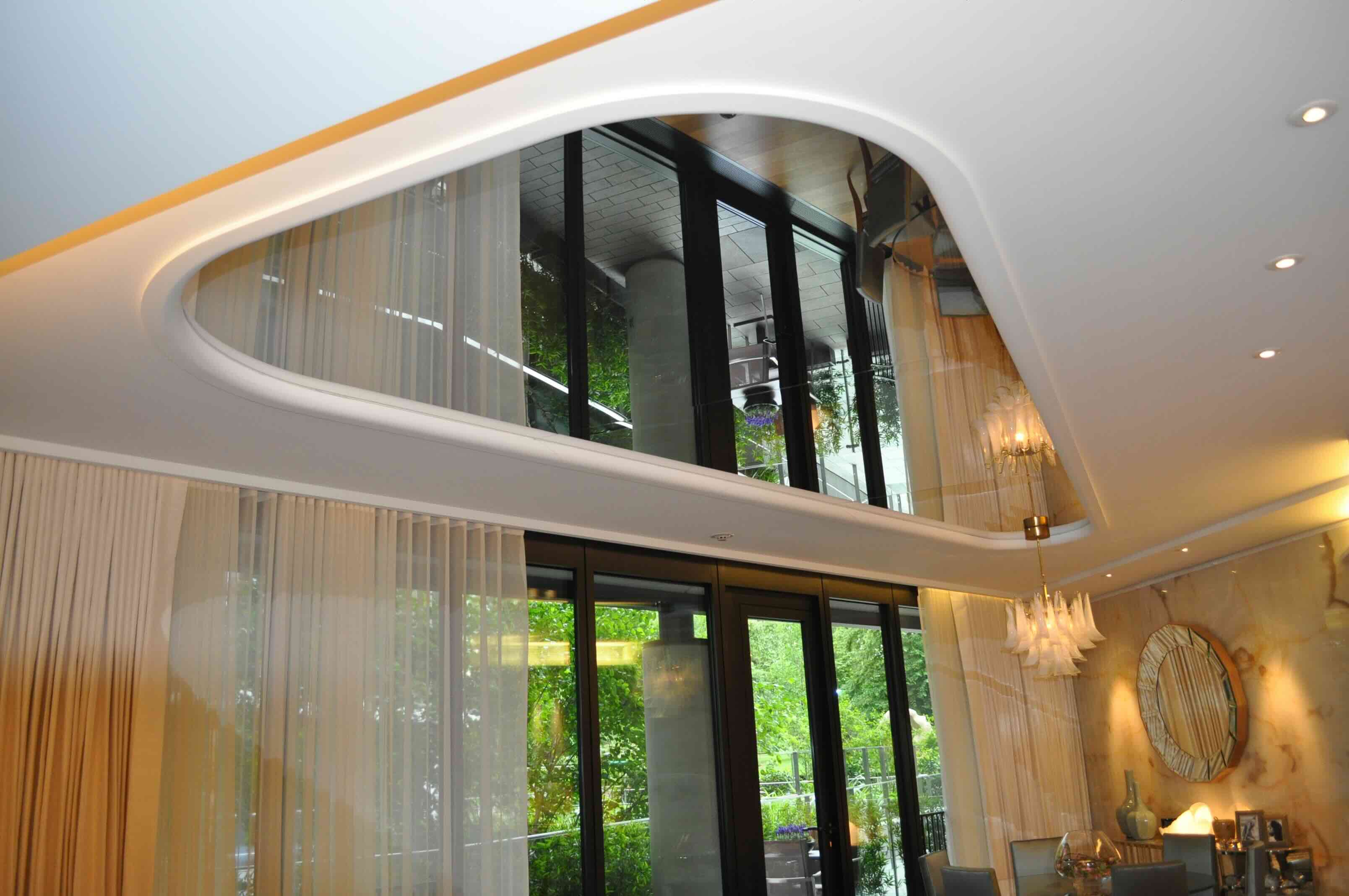
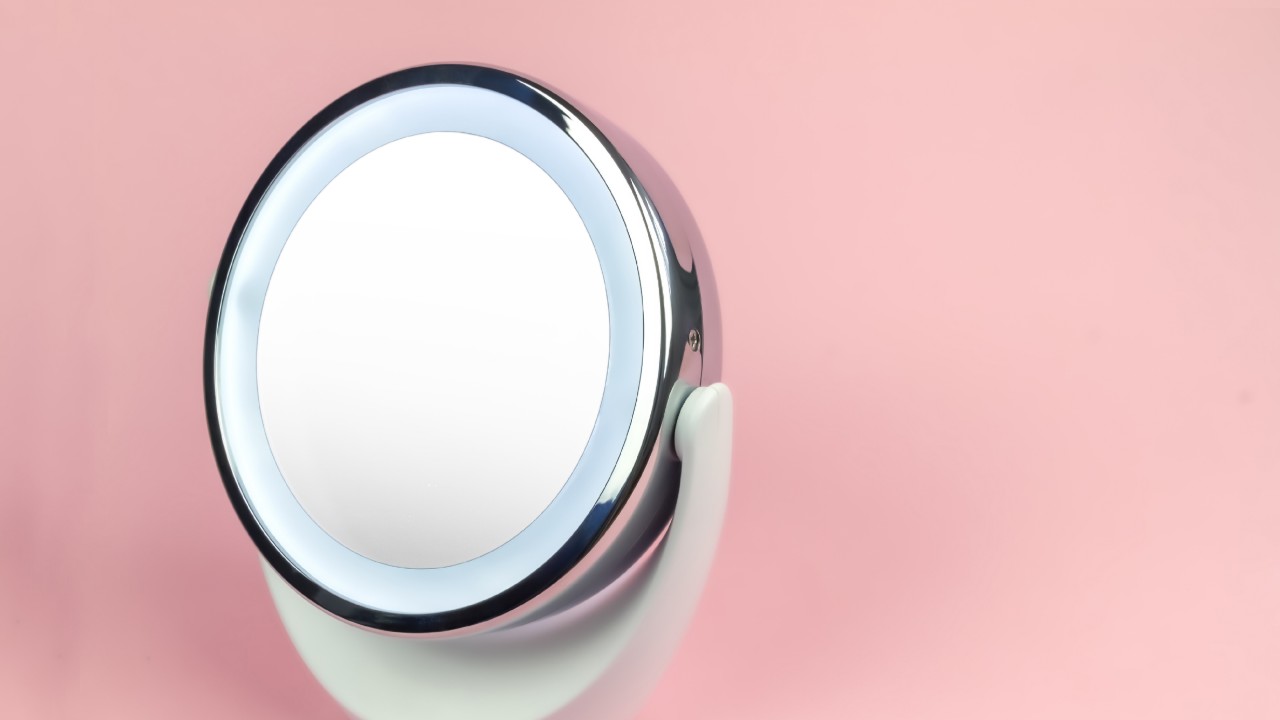
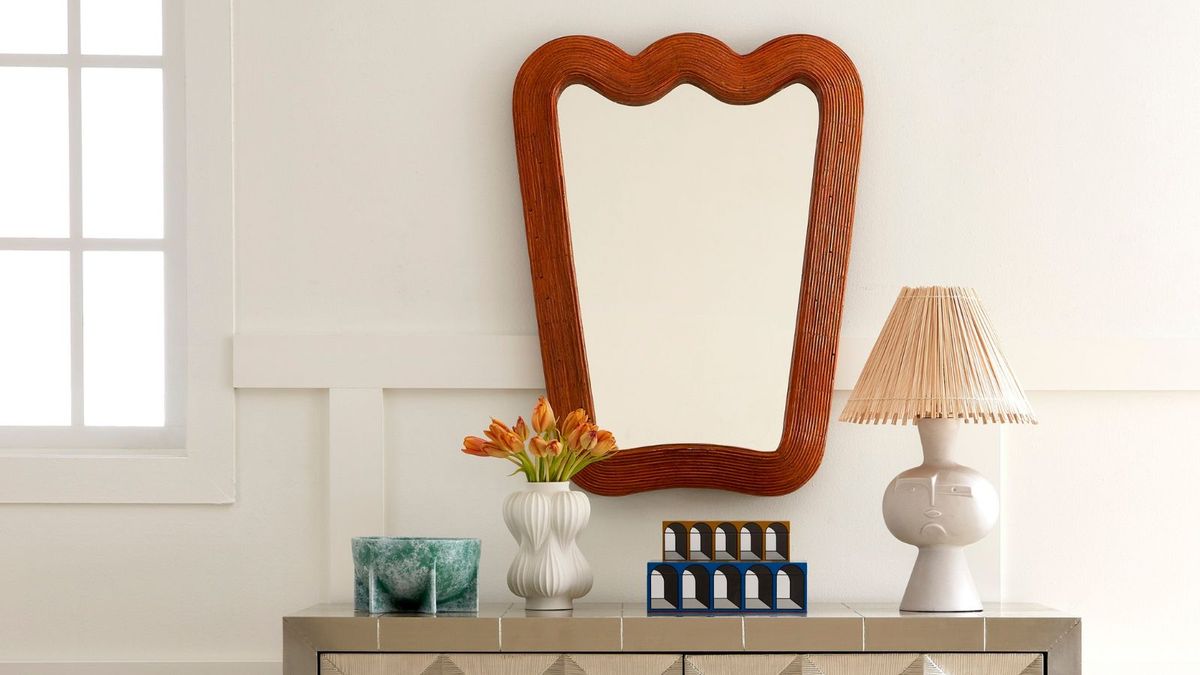
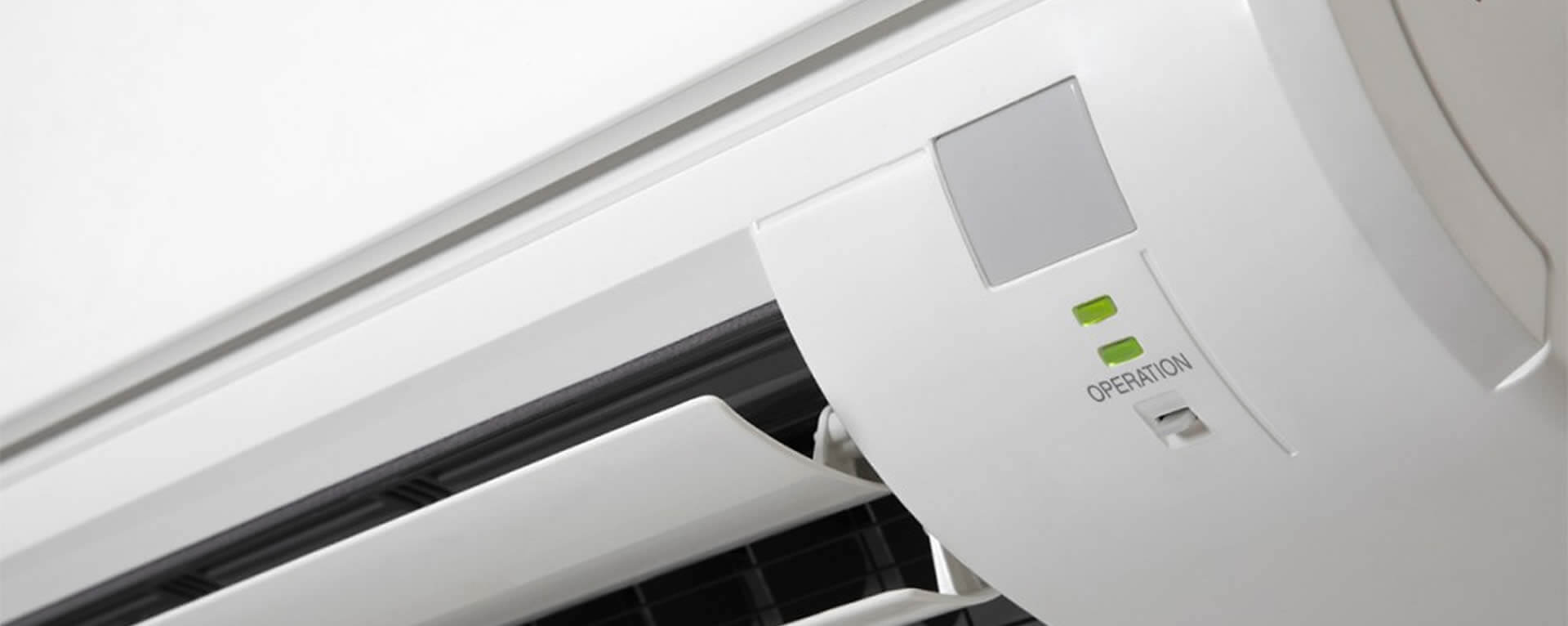
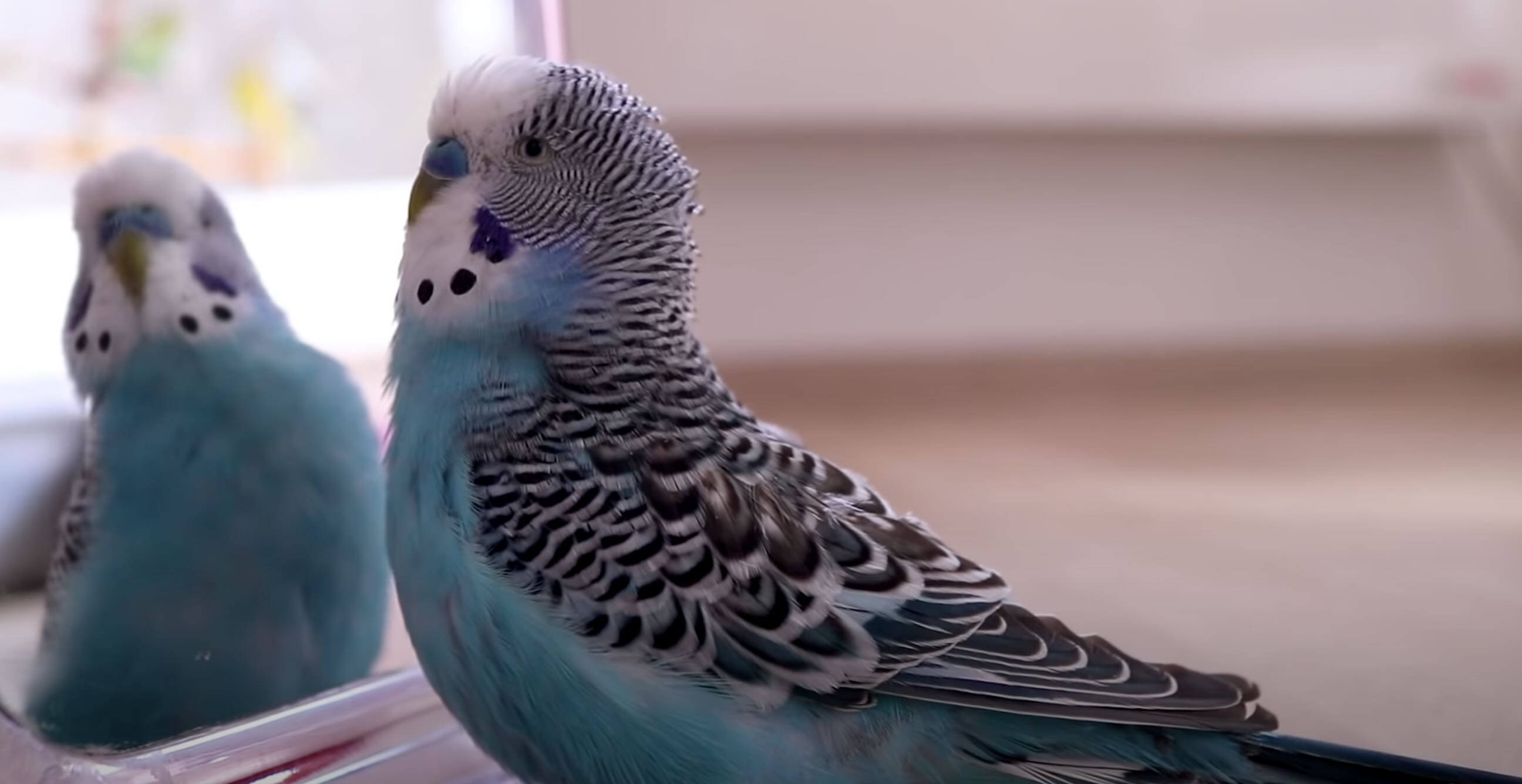
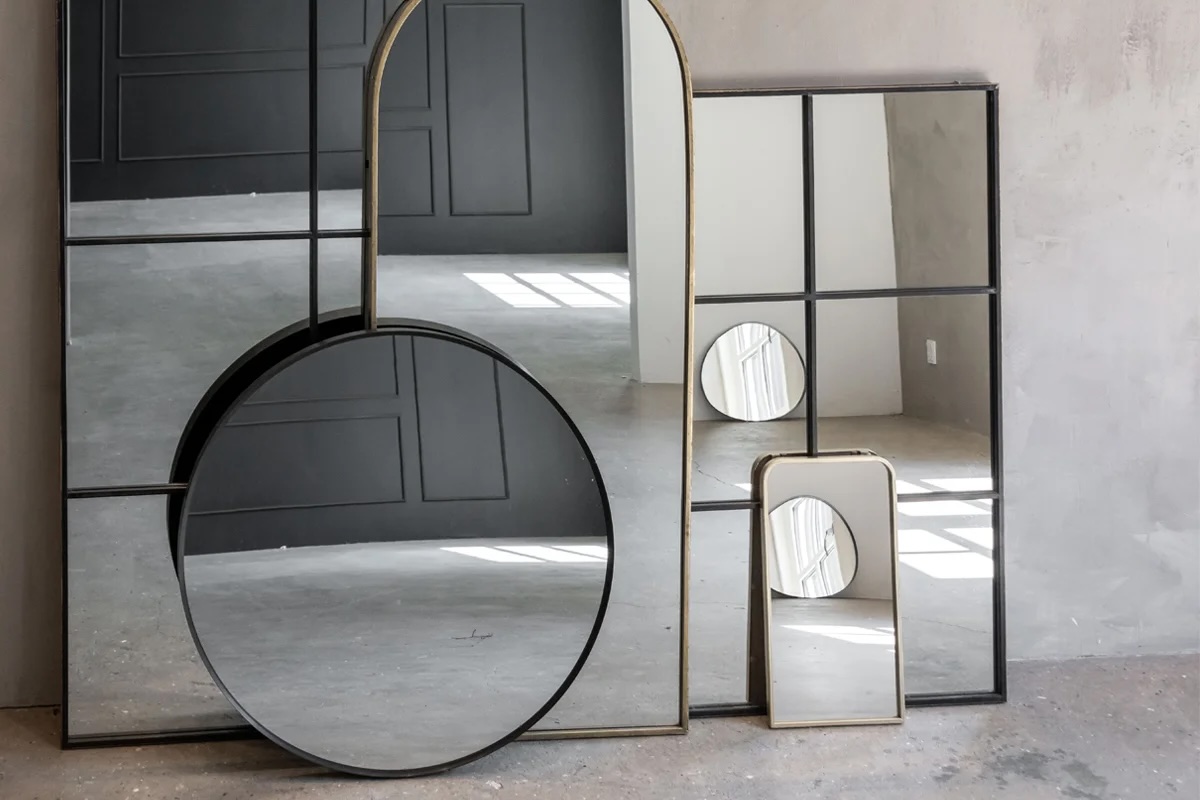


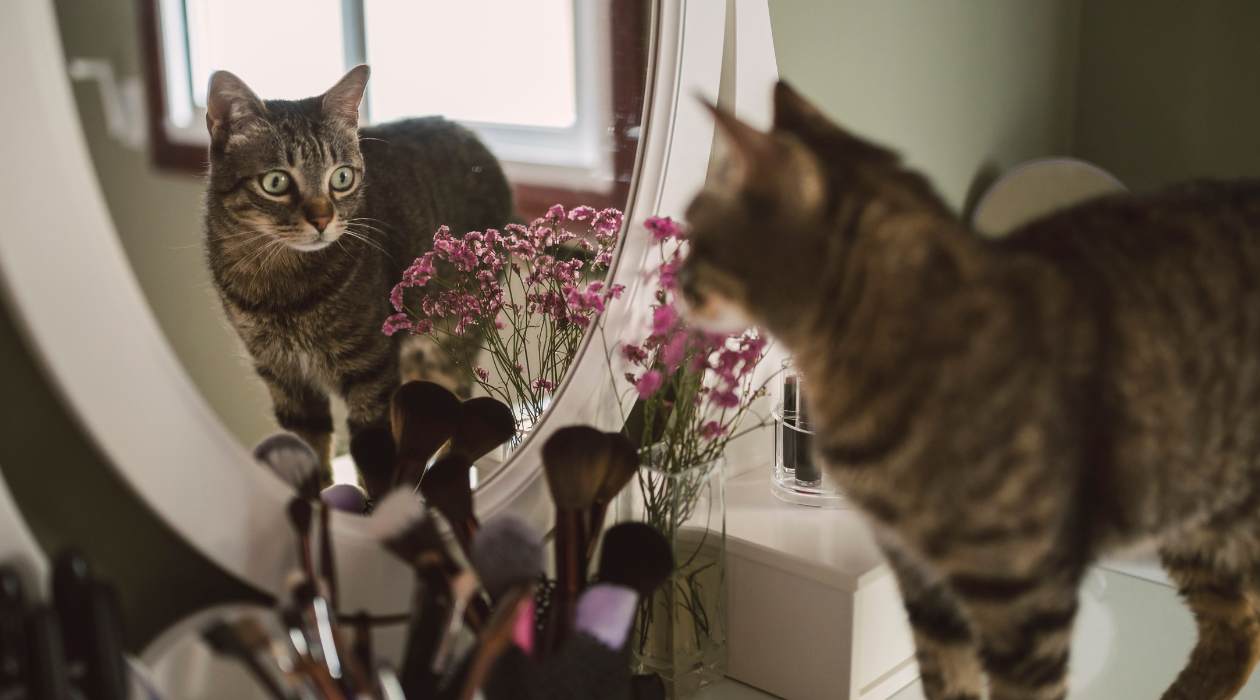

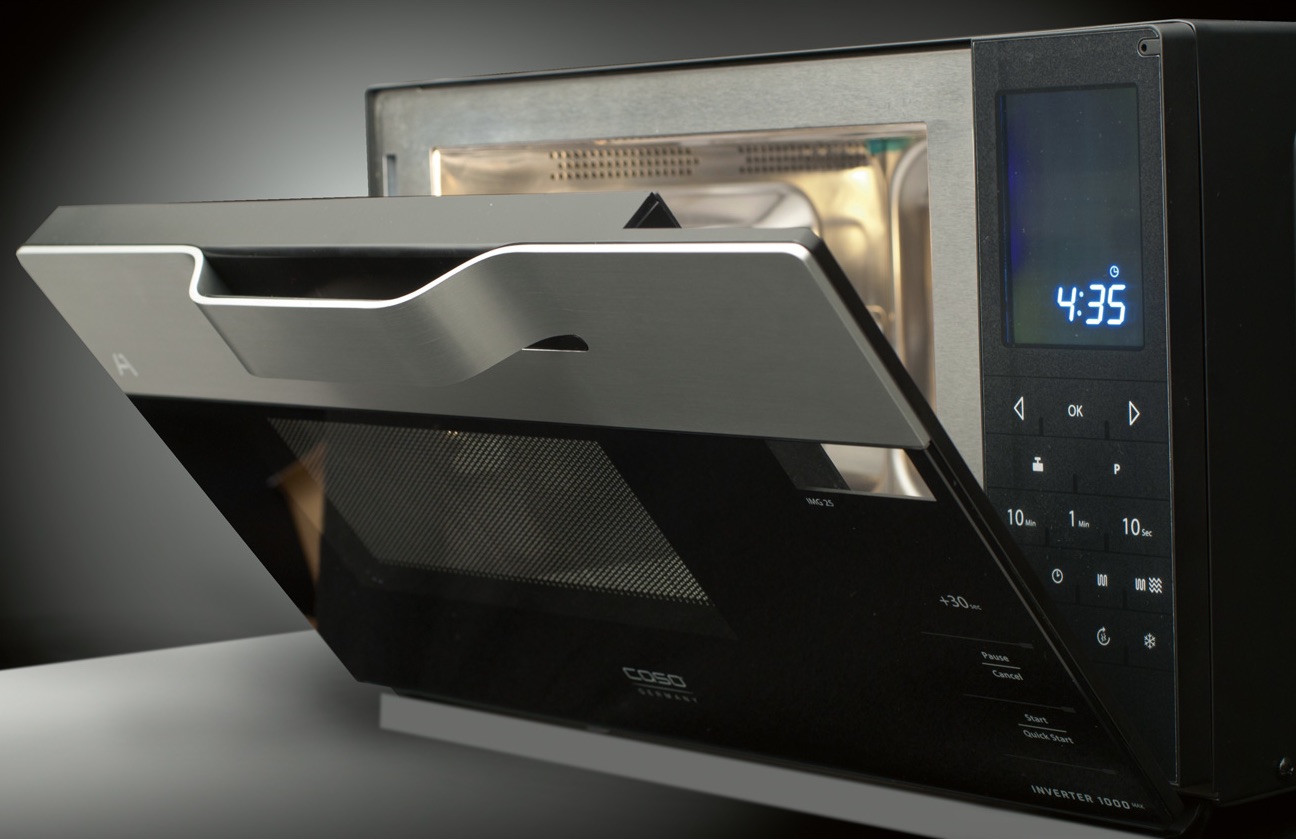




0 thoughts on “Why Are Mirrors Inverted”